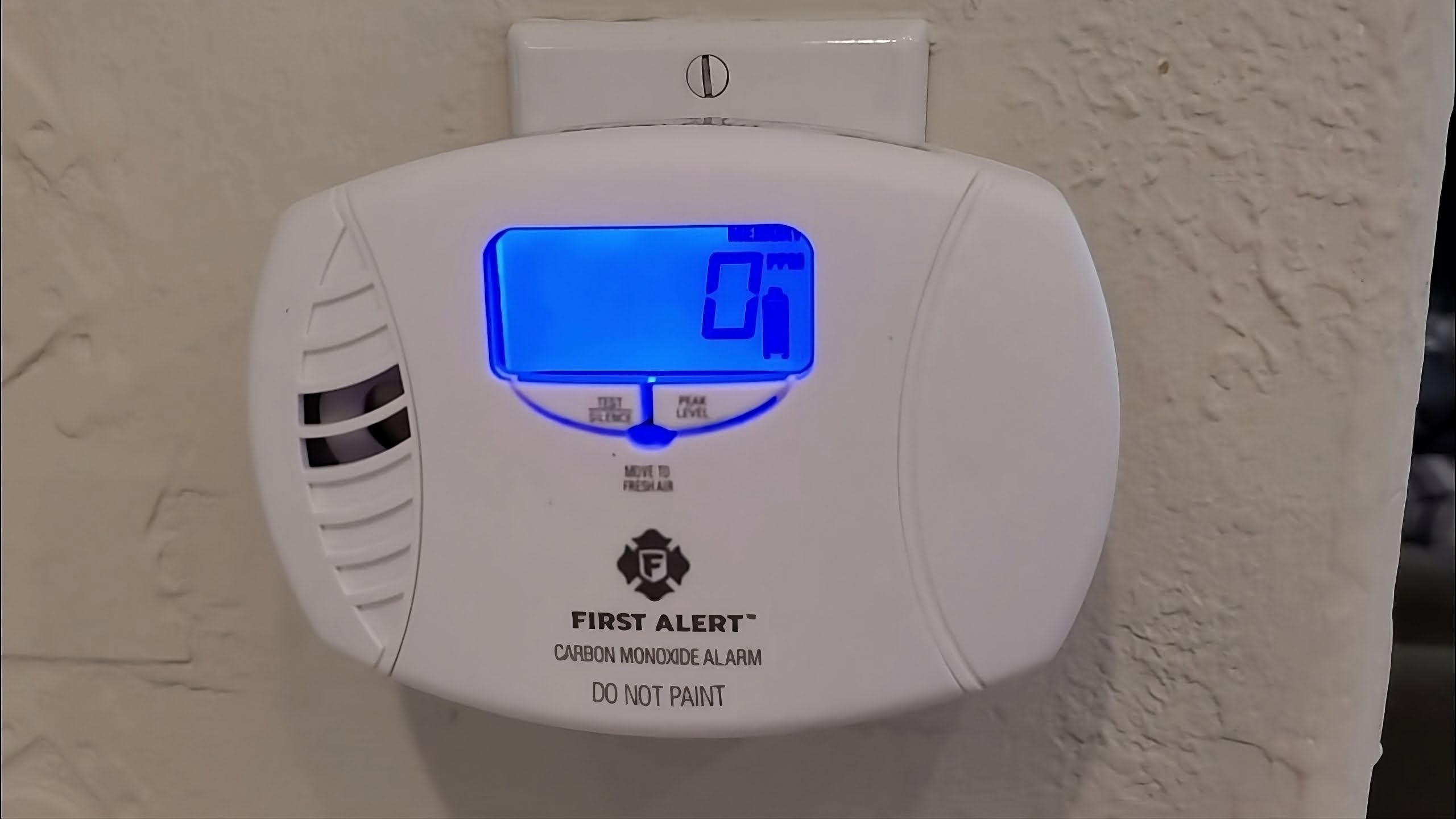

Articles
What Can Set Off A Carbon Monoxide Detector
Modified: August 22, 2024
Learn about carbon monoxide detectors and what can trigger them. This article provides valuable information on carbon monoxide safety and prevention.
(Many of the links in this article redirect to a specific reviewed product. Your purchase of these products through affiliate links helps to generate commission for Storables.com, at no extra cost. Learn more)
Introduction
Carbon monoxide (CO) is a highly toxic gas that is colorless, odorless, and tasteless, making it virtually undetectable without the help of specific equipment. Exposure to high levels of carbon monoxide can be life-threatening, which is why it is crucial to have carbon monoxide detectors installed in homes and other enclosed spaces. These detectors are designed to sound an alarm when they detect elevated levels of carbon monoxide, alerting occupants to the potential danger.
In this article, we will explore the fascinating world of carbon monoxide and how carbon monoxide detectors work. We will also discuss the common sources of carbon monoxide and the factors that can trigger a carbon monoxide detector. Additionally, we will touch on false alarms and the importance of proper placement, regular maintenance, and testing of carbon monoxide detectors.
Understanding carbon monoxide and how it can be detected is essential for ensuring the safety and well-being of ourselves and those we care about. So, let’s dive in!
Key Takeaways:
- Carbon monoxide detectors are crucial for detecting the “silent killer” gas, protecting against poisoning. Understanding sources, proper placement, and regular maintenance ensures effective prevention and safety for all.
- Regular maintenance and testing of carbon monoxide detectors are essential for ongoing reliability. By staying informed about sources, triggers, and false alarms, households can ensure optimal protection against carbon monoxide poisoning.
Understanding Carbon Monoxide
Carbon monoxide (CO) is a poisonous gas that is produced by the incomplete combustion of fossil fuels, such as gas, oil, and coal. It is often referred to as the “silent killer” due to its invisible and odorless nature. Carbon monoxide can accumulate in enclosed spaces, such as homes, cars, and boats, and pose a serious threat to human health and safety.
When carbon monoxide is inhaled, it enters the bloodstream and binds to hemoglobin, the protein responsible for carrying oxygen to the body’s tissues. The binding of carbon monoxide to hemoglobin reduces the blood’s ability to transport oxygen effectively, leading to oxygen deprivation in vital organs and tissues.
Exposure to high levels of carbon monoxide can result in symptoms such as headache, dizziness, nausea, confusion, weakness, and even loss of consciousness. Prolonged or severe exposure can be life-threatening and may cause permanent damage to the brain and other organs.
It is important to note that everyone is susceptible to carbon monoxide poisoning, but certain individuals, such as infants, the elderly, and those with pre-existing respiratory or cardiovascular conditions, are particularly vulnerable.
To prevent carbon monoxide poisoning, it is crucial to be aware of the potential sources of carbon monoxide and take appropriate measures to mitigate the risk. One of the most effective ways to do so is by installing carbon monoxide detectors in strategic locations within your living space.
Now that we have a better understanding of carbon monoxide, let’s explore how carbon monoxide detectors work to keep us safe in the next section.
How Carbon Monoxide Detectors Work
Carbon monoxide detectors are sophisticated devices designed to detect the presence of carbon monoxide in the air. They work by utilizing various types of sensors that can detect and measure the concentration of carbon monoxide gas.
One of the most common types of sensors used in carbon monoxide detectors is the electrochemical sensor. This sensor consists of a porous electrode, an electrolyte, and a sensing electrode. When carbon monoxide molecules come into contact with the sensing electrode, they undergo a reaction that generates an electric current. The magnitude of this current is directly proportional to the concentration of carbon monoxide in the air. When the current surpasses a certain threshold, the detector triggers an alarm to alert the occupants about the potential danger.
Another type of sensor used in carbon monoxide detectors is the biomimetic sensor. This sensor contains a gel that changes its color in the presence of carbon monoxide. As the gas particles come into contact with the gel, it undergoes a chemical reaction that causes a visible color change. The sensor is equipped with a light source and a light detector, which measure the intensity of the light passing through the gel. If the color change exceeds a certain threshold, the detector sounds an alarm.
Both electrochemical and biomimetic sensors are highly effective at detecting carbon monoxide and triggering an alarm when necessary. However, it’s important to note that carbon monoxide detectors have a limited lifespan and need to be replaced every 5-7 years, depending on the manufacturer’s recommendations.
Modern carbon monoxide detectors often feature additional features such as digital displays, battery backup, and wireless connectivity. Some advanced models can even be integrated with smart home systems, allowing homeowners to monitor and control their carbon monoxide detectors remotely via smartphone apps.
Having a basic understanding of how carbon monoxide detectors work is crucial, but it is equally important to be aware of the common sources of carbon monoxide that could trigger these detectors. We will explore these sources in the next section.
Common Sources of Carbon Monoxide
Carbon monoxide can be produced by a variety of sources, many of which are found in everyday environments. It is important to be aware of these sources and take preventive measures to minimize the risk of carbon monoxide poisoning.
1. Gas Appliances: Faulty or poorly maintained gas appliances, such as furnaces, water heaters, stoves, and dryers, can be significant sources of carbon monoxide. It is crucial to have these appliances inspected regularly by qualified professionals to ensure they are functioning correctly and not producing harmful levels of carbon monoxide.
2. Fireplaces and Wood-Burning Stoves: Wood-burning appliances require proper ventilation to avoid the buildup of carbon monoxide. Cracks or blockages in the chimney or flue can prevent the proper expulsion of combustion gases, leading to carbon monoxide accumulation indoors. Regular chimney maintenance and inspections are essential to avoid this danger.
3. Vehicle Exhaust: It is crucial never to leave a running vehicle in an enclosed space, such as a garage or a closed-off area. Vehicle exhaust contains high levels of carbon monoxide, and prolonged exposure can be extremely dangerous. Even when parked outside, it is essential to ensure proper ventilation to prevent carbon monoxide buildup.
4. Generators: Generators are often used as a backup power source during power outages. However, they should never be operated indoors or in enclosed spaces like basements or garages. Generators produce carbon monoxide and require proper outdoor ventilation to prevent hazardous conditions.
5. Blocked Vents: Blocked vents or exhaust systems can prevent the proper release of combustion gases and lead to the accumulation of carbon monoxide indoors. It is crucial to ensure that all vents and exhaust systems are clear and unobstructed.
6. Tobacco Smoke: Smoking cigarettes and other tobacco products indoors can release carbon monoxide into the air. It is best to smoke outdoors or in well-ventilated areas to avoid exposing others to harmful levels of carbon monoxide.
7. Propane and Charcoal Grills: Grilling should always be done in well-ventilated outdoor areas. Burning propane or charcoal produces carbon monoxide, which can be a health hazard if inhaled in high concentrations.
These are just a few examples of common sources of carbon monoxide. It is important to be mindful of potential sources in your environment and take appropriate precautions to minimize the risk of carbon monoxide poisoning.
In the next section, we will discuss the factors that can trigger a carbon monoxide detector and the importance of addressing such triggers promptly.
Factors That Can Trigger a Carbon Monoxide Detector
Carbon monoxide detectors are designed to sound an alarm when they detect elevated levels of carbon monoxide in the air. While the primary trigger for a carbon monoxide detector is the presence of carbon monoxide itself, there are some other factors that can also lead to a detector being activated.
1. High Levels of Carbon Monoxide: The most obvious factor that can trigger a carbon monoxide detector is the presence of high levels of carbon monoxide in the air. If a source of carbon monoxide, such as a malfunctioning gas appliance or a blocked vent, is emitting a significant amount of carbon monoxide, the detector will sense it and activate the alarm.
2. Faulty Appliances: Malfunctioning gas appliances can release higher levels of carbon monoxide than normal. If a gas appliance is not operating correctly or has a damaged component, it can lead to an increase in carbon monoxide emissions. In such cases, the detector will detect the elevated levels and trigger an alarm.
3. Poor Ventilation: Inadequate ventilation can lead to the buildup of carbon monoxide indoors. Blocked vents, clogged chimneys, or closed-off spaces can hinder the proper release of combustion gases, causing carbon monoxide to accumulate. A carbon monoxide detector is designed to sense these elevated levels and alert the occupants to the potential danger.
4. Nearby Construction or Renovation: Construction or renovation activities can sometimes disturb gas lines or ventilation systems, leading to the release of carbon monoxide. If there is construction or renovation happening near your property, it is essential to have carbon monoxide detectors installed and to monitor them closely during the work to ensure the safety of the occupants.
5. Aging Detectors: Carbon monoxide detectors have a limited lifespan and may become less reliable as they age. Over time, the sensors and components inside the detector may wear out, leading to false alarms or missed detection of carbon monoxide. It is important to replace your carbon monoxide detectors according to the manufacturer’s recommendations to ensure optimal performance.
6. Environmental Factors: Certain environmental factors, such as temperature and humidity, can influence the sensitivity of carbon monoxide detectors. Extreme temperatures or high humidity levels may affect the accuracy of the detector’s readings. It is important to keep the detector away from areas with extreme temperatures or excessive moisture to prevent false alarms.
It is important to take any activation of a carbon monoxide detector seriously. If a detector is triggered, it is crucial to take immediate action to identify and address the source of carbon monoxide and ensure the safety of everyone in the vicinity.
In the next section, we will dive deeper into false alarms and the potential reasons for detector malfunction.
Regularly check and replace the batteries in your carbon monoxide detector to ensure it is functioning properly. It’s also important to have your heating system, fireplace, and other fuel-burning appliances inspected annually by a professional.
Read more: How To Turn Off A Carbon Monoxide Detector
False Alarms and Malfunctioning Detectors
While carbon monoxide detectors are essential for maintaining safety, there are instances where they may produce false alarms or malfunction. It is important to understand some common reasons behind these occurrences to differentiate between genuine threats and false positives.
1. Low Battery: Low battery power is one of the most common causes of false alarms. When a detector’s battery is running low, it may produce intermittent beeping or trigger an alarm. Regularly checking and replacing the batteries in your carbon monoxide detectors is crucial for their reliable operation.
2. Sensor Contamination: Over time, dust, dirt, and other contaminants can accumulate on the sensors of carbon monoxide detectors. This buildup can interfere with the sensor’s ability to accurately detect carbon monoxide levels, leading to false alarms. Regular cleaning and maintenance of the detectors can help prevent this issue.
3. Interference from Other Devices: Some electronic devices, such as certain models of cordless phones, wireless routers, or radio transmitters, can interfere with carbon monoxide detectors and cause false alarms. It is important to keep the detectors away from such devices to avoid these interferences.
4. High Humidity or Temperature Fluctuations: Extreme humidity levels or rapid temperature changes can impact the performance of carbon monoxide detectors. High humidity can introduce moisture into the detector’s sensor, while rapid temperature fluctuations can affect the sensitivity of the sensor. It is important to keep the detectors in appropriate environments to minimize false alarms.
5. Detector Calibration Issues: Carbon monoxide detectors need to be properly calibrated to ensure accurate readings. If the detector is not calibrated correctly, it may produce false alarms or fail to detect carbon monoxide effectively. Regular maintenance and calibration checks are essential to address this issue.
6. Detector End-of-Life: Carbon monoxide detectors have a limited lifespan, typically around 5-7 years. As detectors approach their end-of-life, their reliability may decrease, leading to false alarms or missed detections. It is important to replace your carbon monoxide detectors as recommended by the manufacturer to ensure their effectiveness.
In cases where a carbon monoxide detector repeatedly goes off, it is crucial to take it seriously and follow appropriate safety protocols. This includes immediately evacuating the premises, calling emergency services, and seeking professional assistance to identify and rectify the source of carbon monoxide.
Understanding the potential causes of false alarms and detector malfunctions can help you differentiate between genuine threats and false positives. Regular maintenance, proper placement, and timely replacement of carbon monoxide detectors are key to ensuring their reliable performance.
In the next section, we will discuss the importance of proper placement of carbon monoxide detectors to maximize their effectiveness.
Proper Placement of Carbon Monoxide Detectors
Proper placement of carbon monoxide detectors is essential to ensure their effectiveness in detecting and alerting occupants to the presence of carbon monoxide. Here are some guidelines to consider when placing carbon monoxide detectors in your home:
- Install a carbon monoxide detector on every level of your home, including the basement. Carbon monoxide is a heavier gas than air and can accumulate in lower areas.
- Place carbon monoxide detectors near sleeping areas to provide immediate warning to occupants while they are asleep, as carbon monoxide poisoning can be particularly dangerous during sleep.
- For multi-story homes, it is recommended to install a detector on each level, both in the common areas and in the bedrooms.
- Install carbon monoxide detectors in the vicinity of fuel-burning appliances, such as gas furnaces, water heaters, and stoves, as these appliances can be common sources of carbon monoxide.
- Place detectors at least 5 feet above the floor to ensure accurate readings. Carbon monoxide gas tends to rise in the air, so positioning the detectors at a higher level will help detect it more effectively.
- Avoid placing detectors near potential sources of interference or obstruction, such as doors, windows, ventilation fans, and air conditioning vents. These can disrupt airflow and affect the detector’s ability to detect carbon monoxide.
- Consider additional placement of carbon monoxide detectors in areas where combustible appliances or devices are present, such as garages, attached workshops, and utility rooms.
- Follow the manufacturer’s guidelines and recommendations regarding the optimal placement and number of detectors needed for your living space. Different brands and models may have specific requirements.
- Regularly test your carbon monoxide detectors to ensure they are functioning properly and responding to the presence of carbon monoxide.
- Ensure that everyone in your household understands the sound and significance of the carbon monoxide alarm. Establish an emergency plan and practice it regularly, including evacuation procedures and contacting emergency services.
Properly placed carbon monoxide detectors can provide early warning in the event of a carbon monoxide leak, allowing occupants to evacuate and seek assistance promptly. Remember, carbon monoxide detectors are a vital component of home safety, working hand in hand with other preventive measures to protect you and your loved ones from carbon monoxide poisoning.
In the final section, we will emphasize the importance of regular maintenance and testing of carbon monoxide detectors to ensure their ongoing reliability.
Importance of Regular Maintenance and Testing
Maintaining the proper functioning of carbon monoxide detectors is crucial for ensuring the ongoing safety of your home and its occupants. Regular maintenance and testing are essential to ensure that the detectors are operating effectively. Here are the key reasons why regular maintenance and testing are important:
1. Detect Malfunctions: Regular maintenance allows you to identify any malfunctions or issues with the carbon monoxide detectors. This can include checking for battery life, cleaning the sensors, and ensuring proper calibration. Identifying and addressing these problems promptly ensures that the detectors will continue to function correctly.
2. Confirm Sensor Sensitivity: Testing the carbon monoxide detectors allows you to confirm that the sensors are still sensitive enough to detect even low levels of carbon monoxide. This is important because the detectors need to detect the gas at its early stages to provide timely warnings.
3. Verify Alarm Functionality: Regular testing ensures the alarm system of the detectors is functioning correctly. It is important to know that the alarms will sound loudly and clearly in the event of a carbon monoxide leak so that occupants can be alerted promptly.
4. Ensure Battery Power: Carbon monoxide detectors are typically battery-powered, so checking the batteries regularly and replacing them as needed is crucial. Weak or dead batteries can cause the detectors to malfunction or not work at all, leaving your home vulnerable to carbon monoxide exposure.
5. Peace of Mind: Regular maintenance and testing of carbon monoxide detectors provide peace of mind. Knowing that your detectors are in proper working order can alleviate stress and anxiety associated with the potential dangers of carbon monoxide poisoning.
To ensure the ongoing reliability of your carbon monoxide detectors, establish a regular maintenance schedule. This can include tasks such as replacing batteries, cleaning the sensors, and conducting regular testing. It is recommended to follow the manufacturer’s guidelines for maintenance and testing procedures specific to your detectors.
Additionally, it is important to stay up to date with the lifespan of your carbon monoxide detectors. Most detectors have a recommended lifespan of 5-7 years. If your detectors are beyond this timeframe or have reached their end-of-life, replacing them with newer models is necessary to maintain optimal functionality.
Remember, carbon monoxide detectors are a vital part of your home’s safety system, and regular maintenance and testing are essential to ensure their ongoing effectiveness in protecting your household from the dangers of carbon monoxide.
Now that you understand the importance of maintenance and testing, let’s conclude our article.
Conclusion
Carbon monoxide is a silent and deadly gas that can pose a serious risk to human health and safety. Installing carbon monoxide detectors in your home is an essential step to protect yourself and your loved ones from the potential dangers of carbon monoxide poisoning. These detectors work by detecting elevated levels of carbon monoxide in the air and sounding an alarm to alert occupants.
Understanding carbon monoxide and its sources is crucial for effectively preventing and addressing potential dangers. Common sources of carbon monoxide include gas appliances, fireplaces, vehicles, generators, and blocked vents. By being aware of these sources and taking appropriate measures to mitigate the risks, you can reduce the likelihood of carbon monoxide poisoning incidents.
Carbon monoxide detectors are designed to trigger when they detect high levels of carbon monoxide in the air or due to factors such as faulty appliances, poor ventilation, nearby construction, or aging detectors. While false alarms and detector malfunctions can occur, regular maintenance and testing play a vital role in ensuring their effective operation.
Proper placement of carbon monoxide detectors is also essential for maximizing their effectiveness. Install detectors on every level of your home, near sleeping areas, and in proximity to fuel-burning appliances. Regularly test your detectors, replace batteries as needed, and keep the detectors away from potential sources of interference.
Regular maintenance and testing of carbon monoxide detectors provide peace of mind, ensuring that your detectors are functioning properly and will provide early warnings in the presence of carbon monoxide. Additionally, awareness of the lifespan of detectors and timely replacement when necessary is crucial for maintaining their reliability.
In conclusion, carbon monoxide detectors are an integral part of home safety, providing crucial protection against the silent threat of carbon monoxide poisoning. By understanding the importance of these detectors, their proper usage, and regular maintenance, you can create a safer living environment for you and your family.
Remember, the safety of your home and the well-being of your loved ones are paramount, and investing in carbon monoxide detectors and their maintenance is a small price to pay for the priceless value of their protection.
Frequently Asked Questions about What Can Set Off A Carbon Monoxide Detector
Was this page helpful?
At Storables.com, we guarantee accurate and reliable information. Our content, validated by Expert Board Contributors, is crafted following stringent Editorial Policies. We're committed to providing you with well-researched, expert-backed insights for all your informational needs.
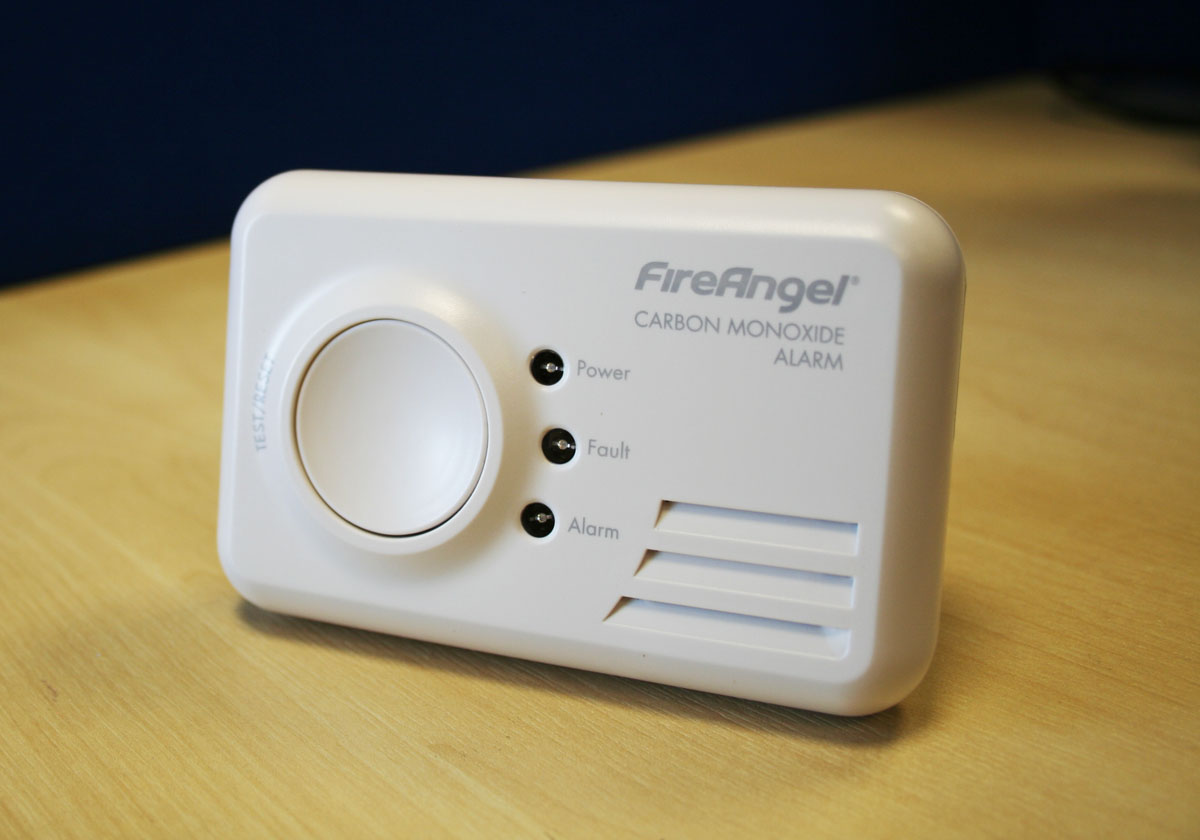
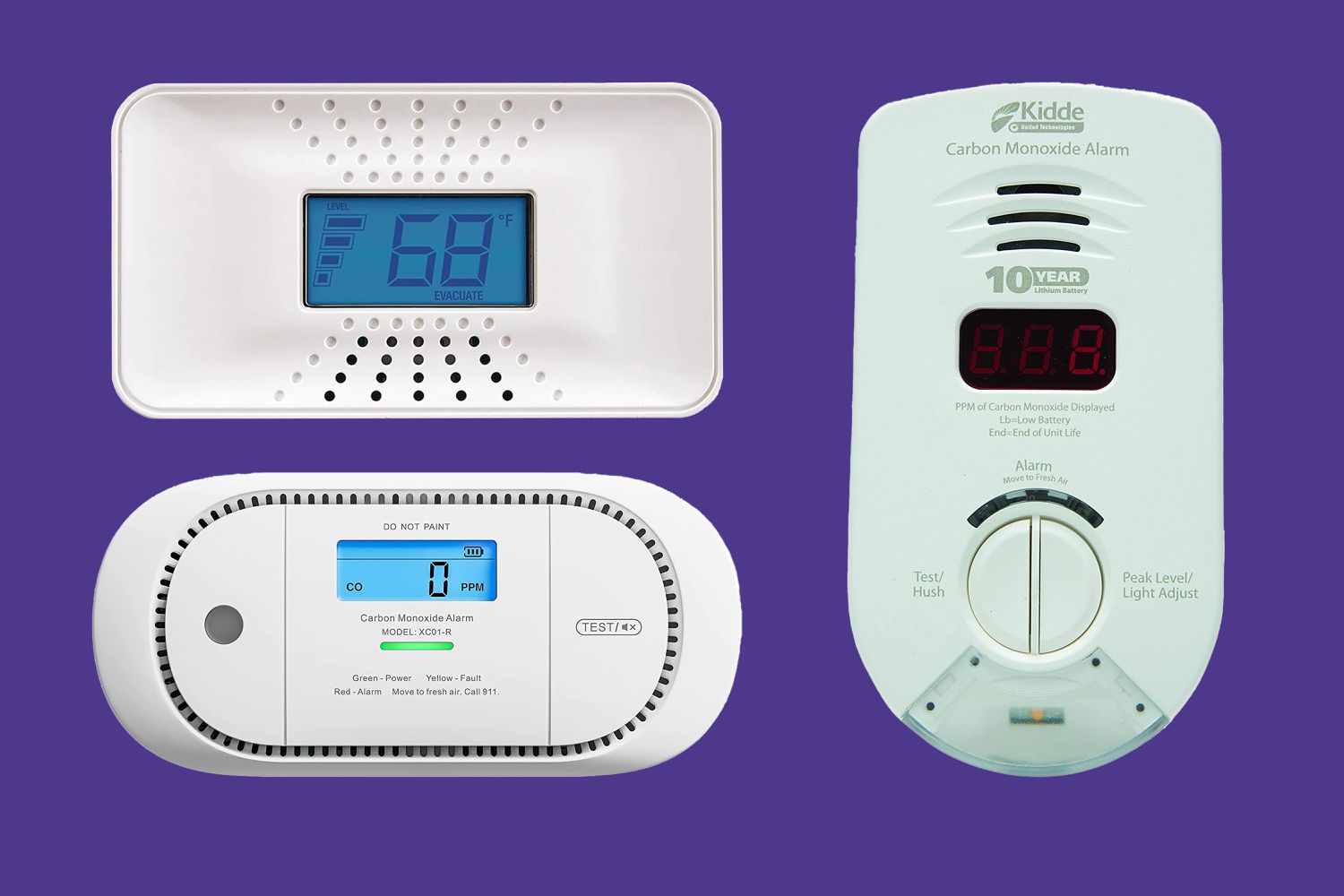
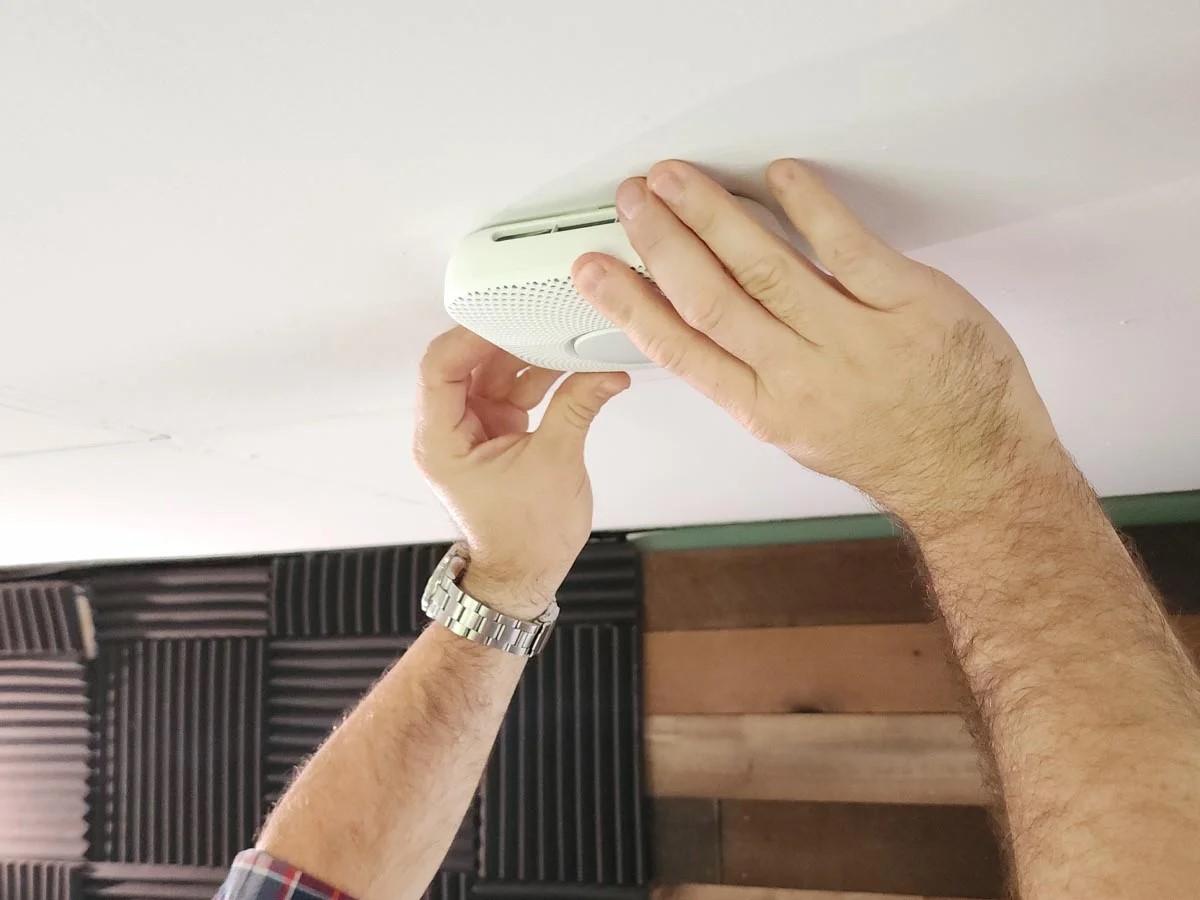
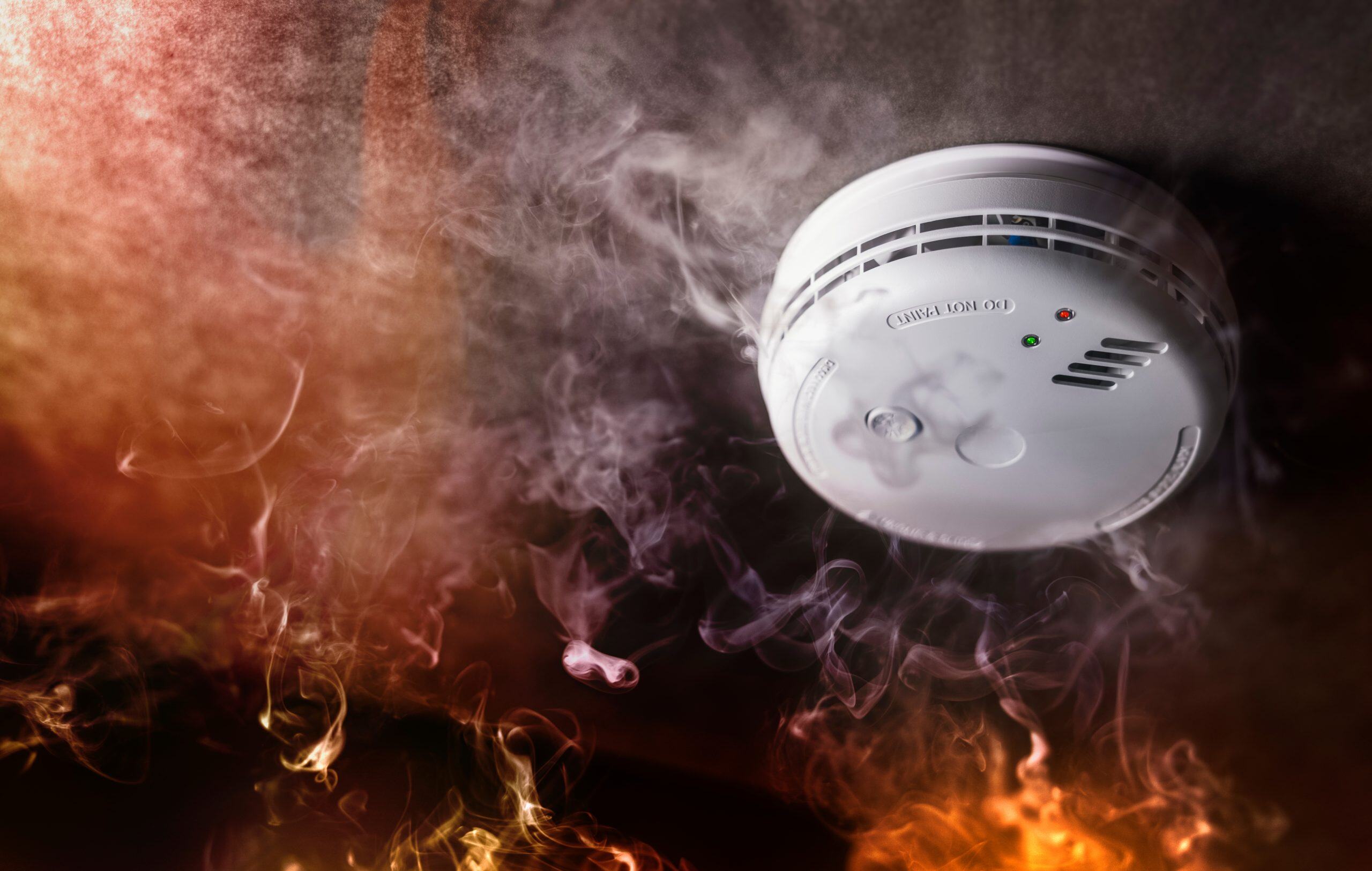
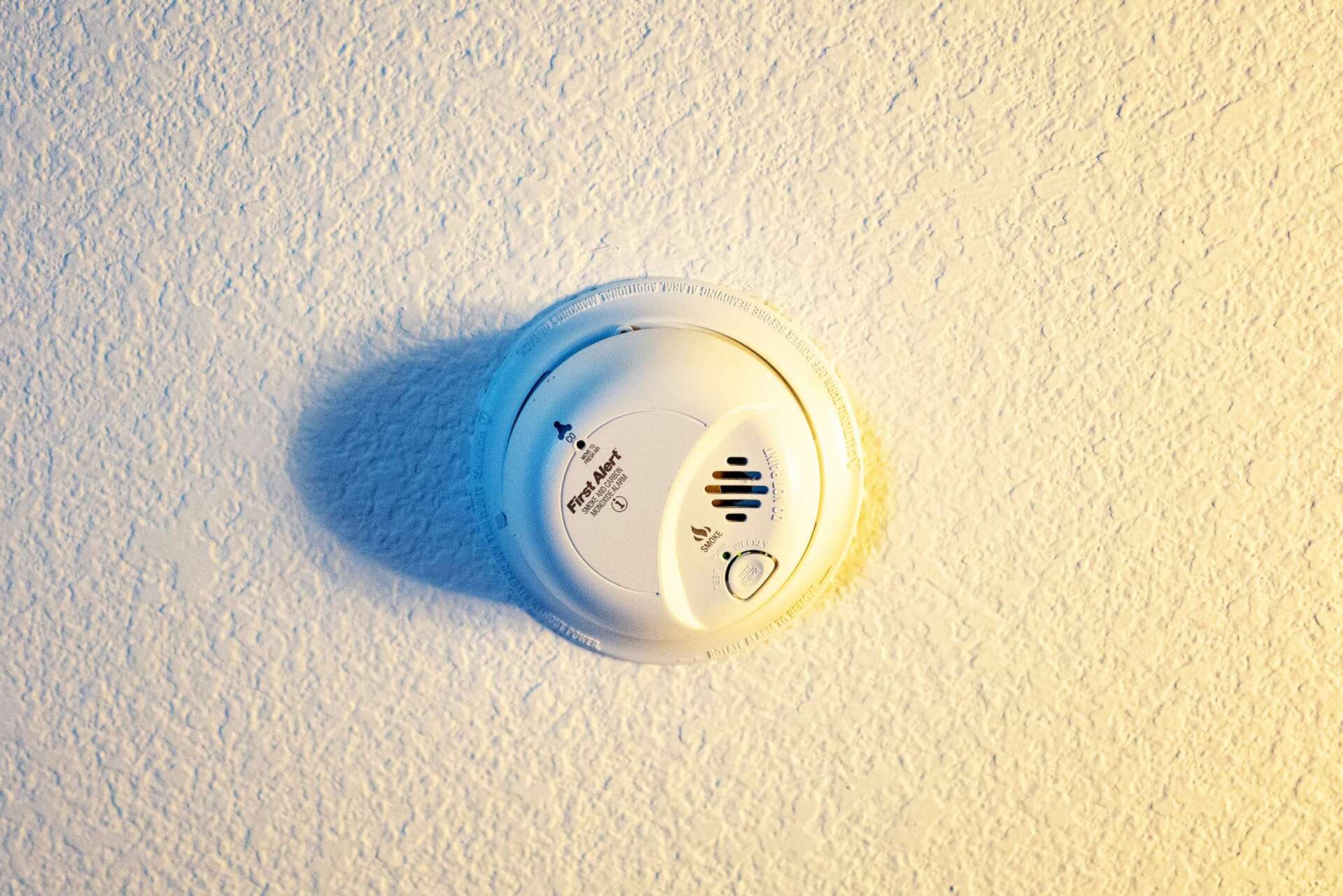
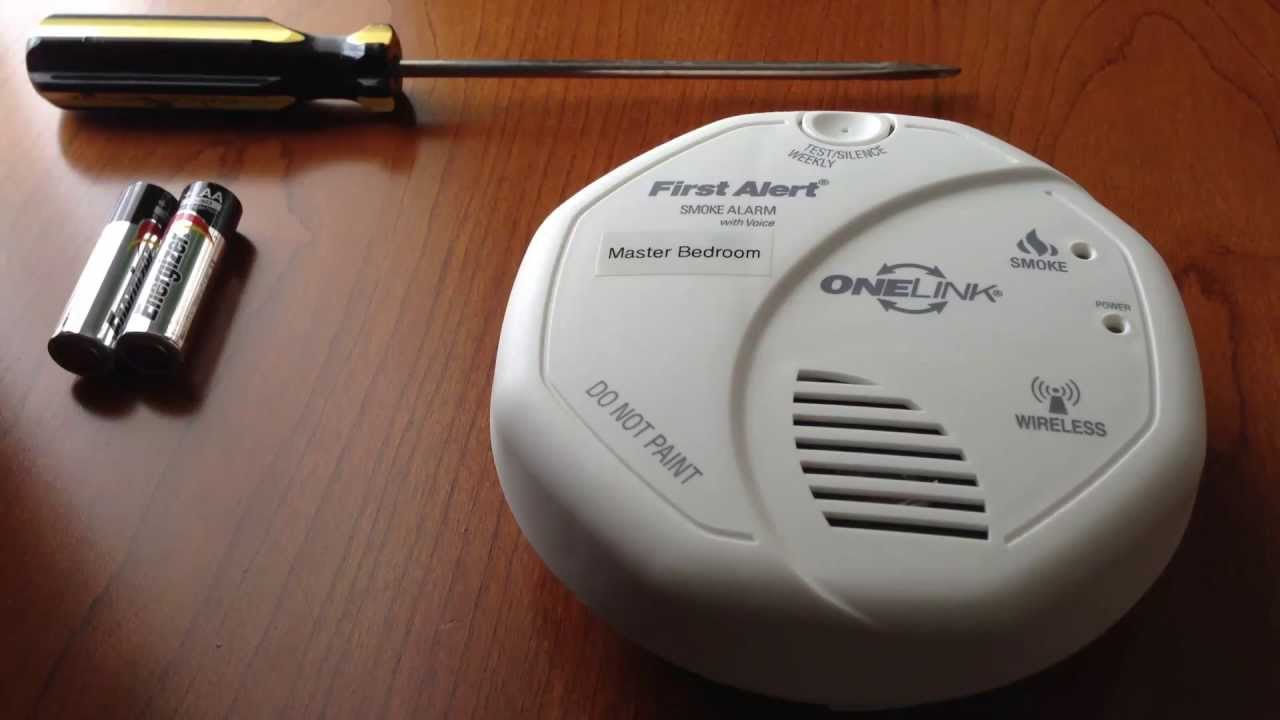
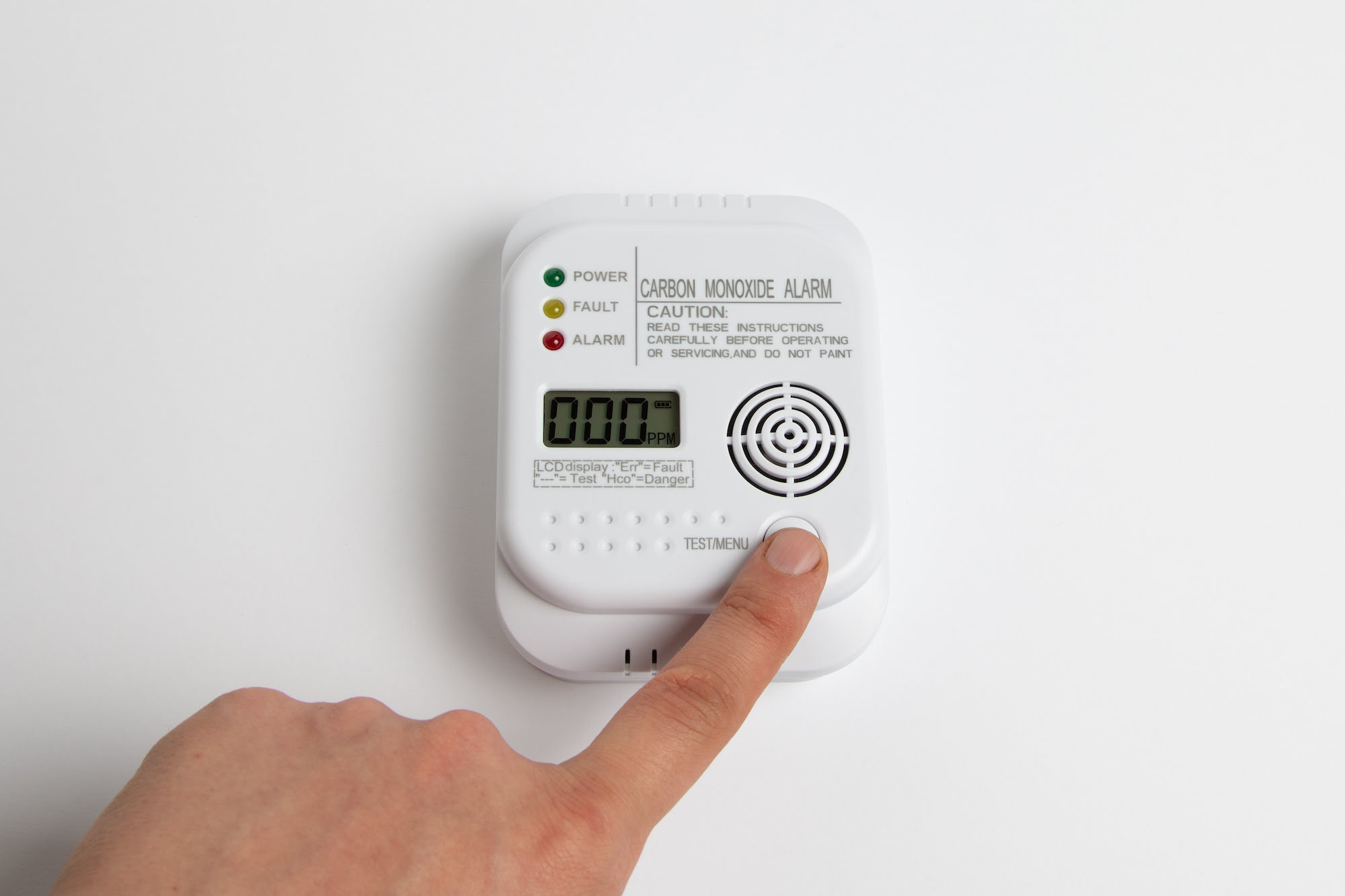
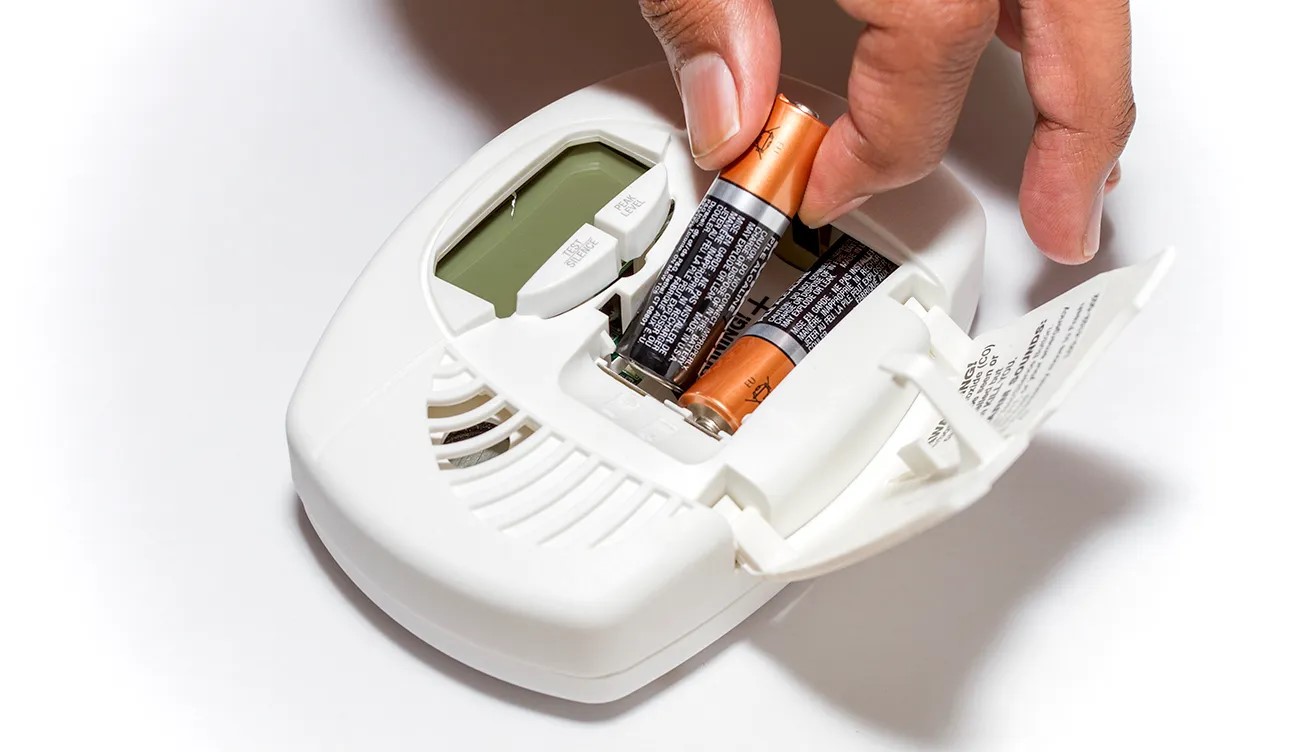
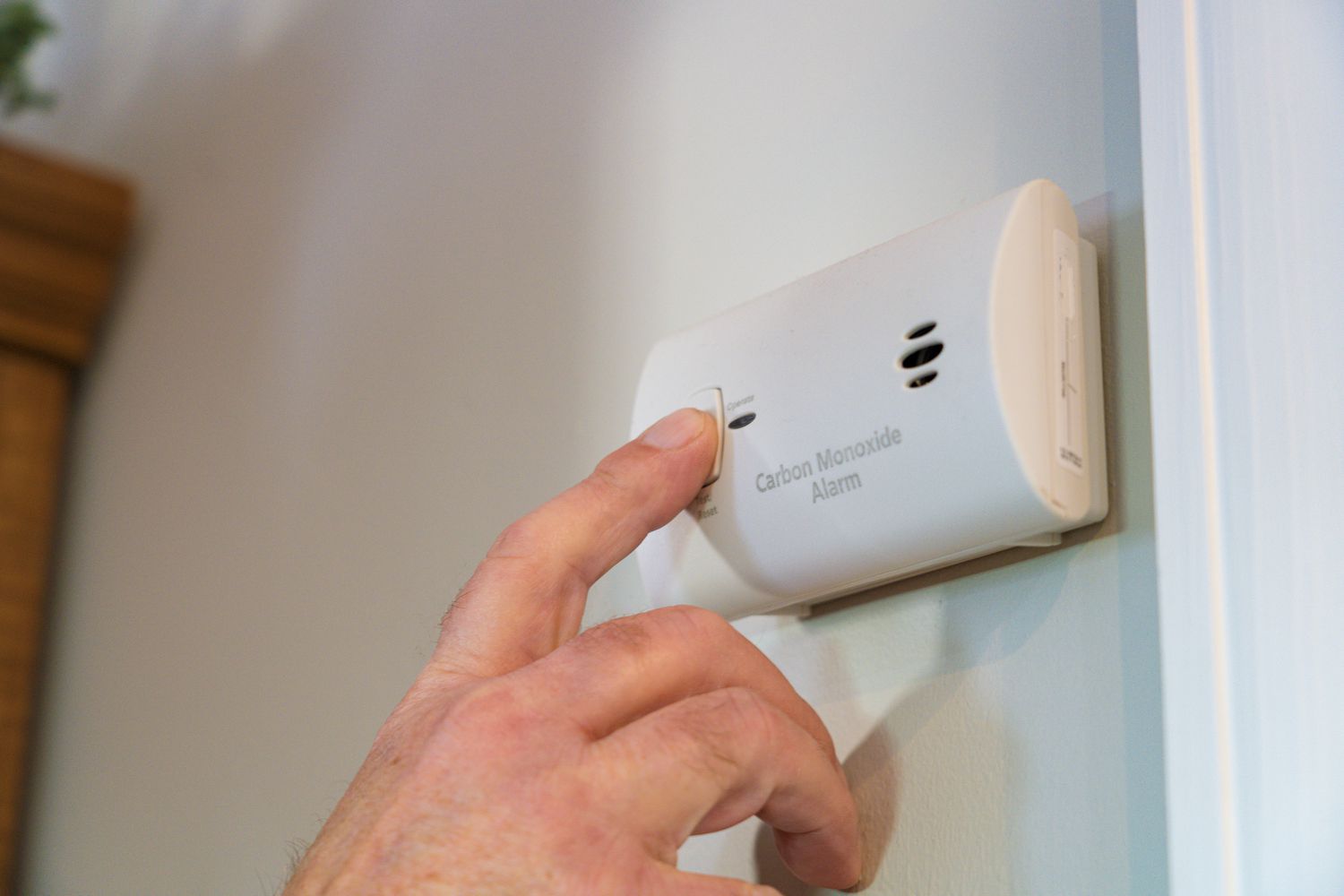
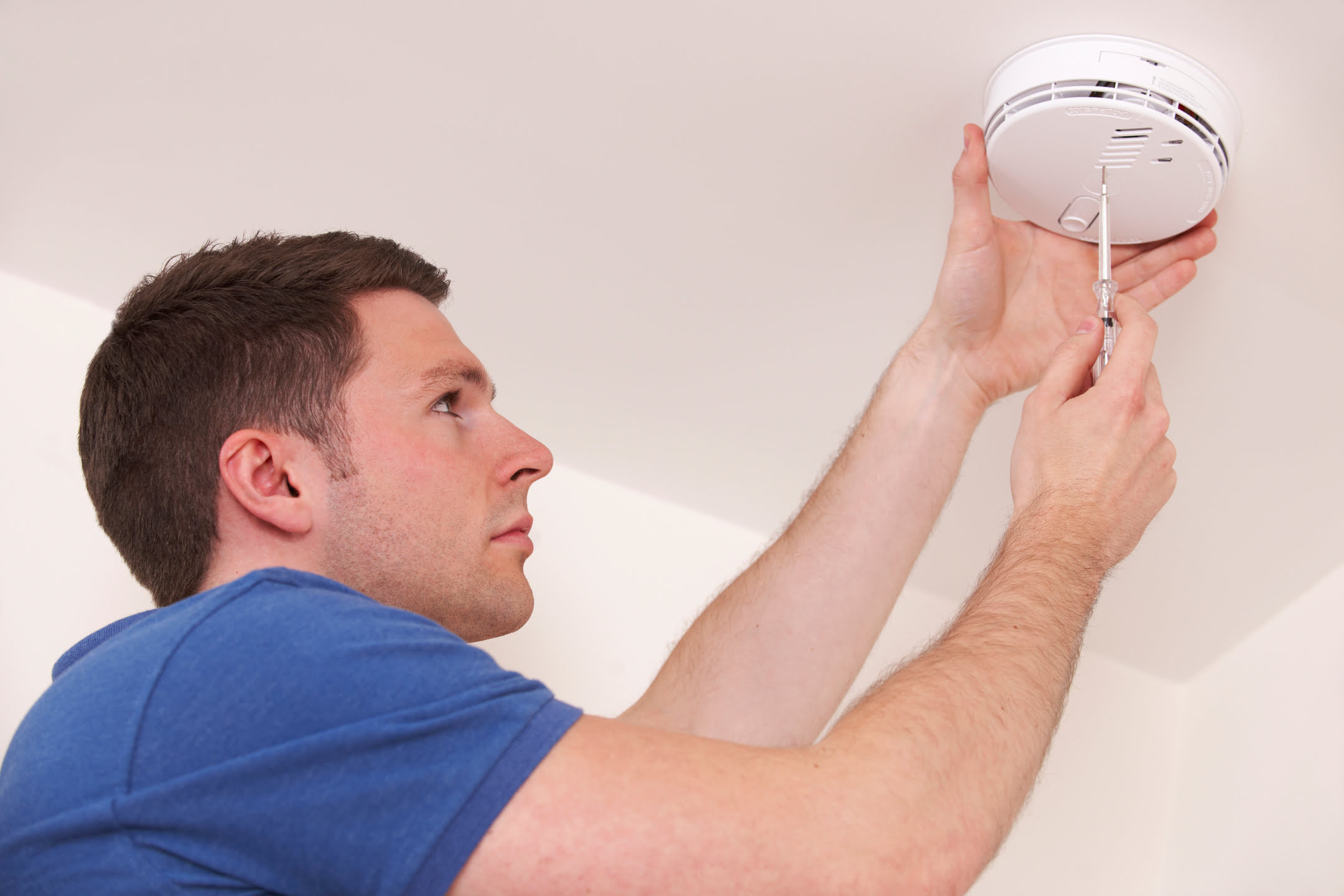
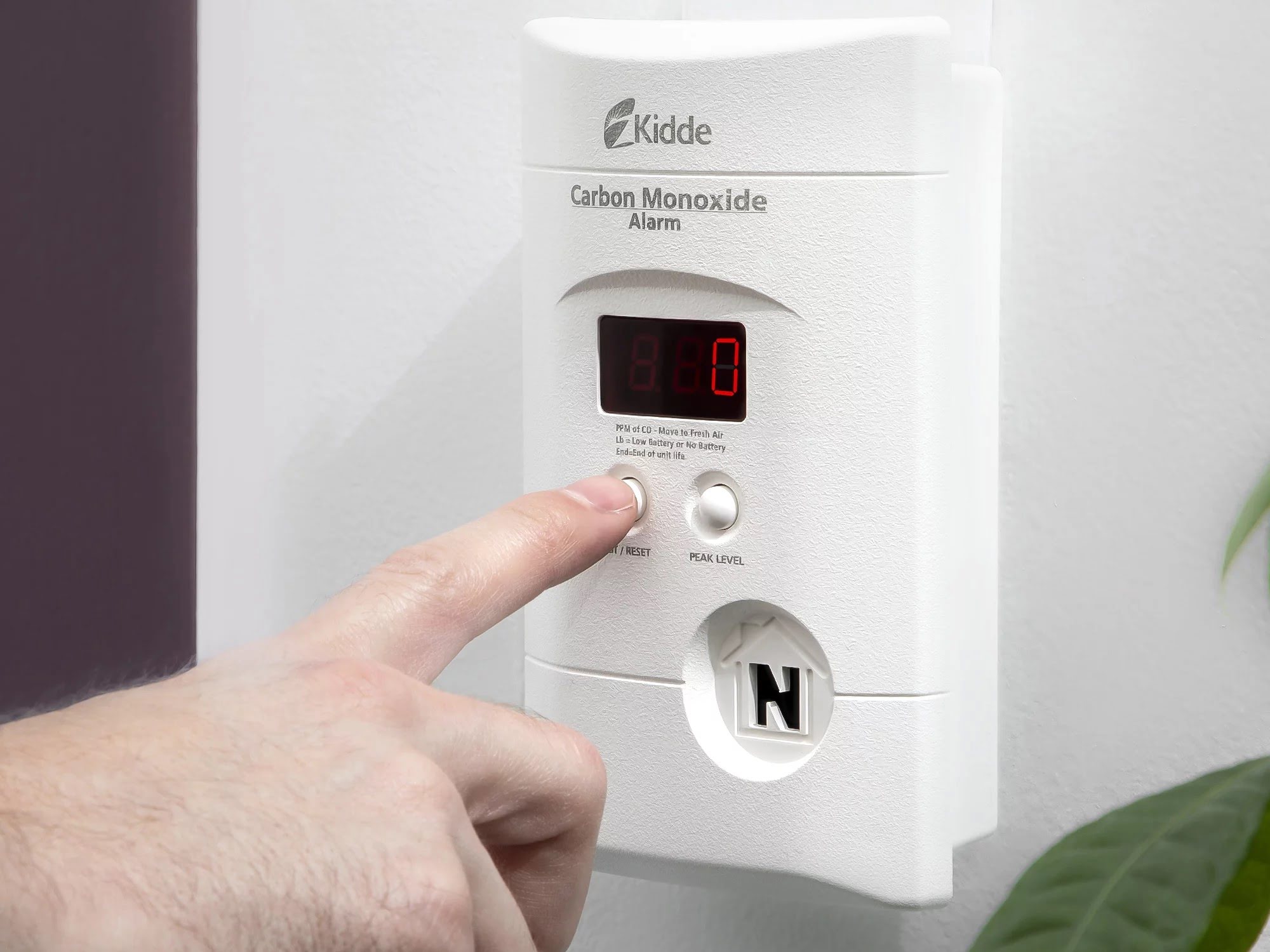
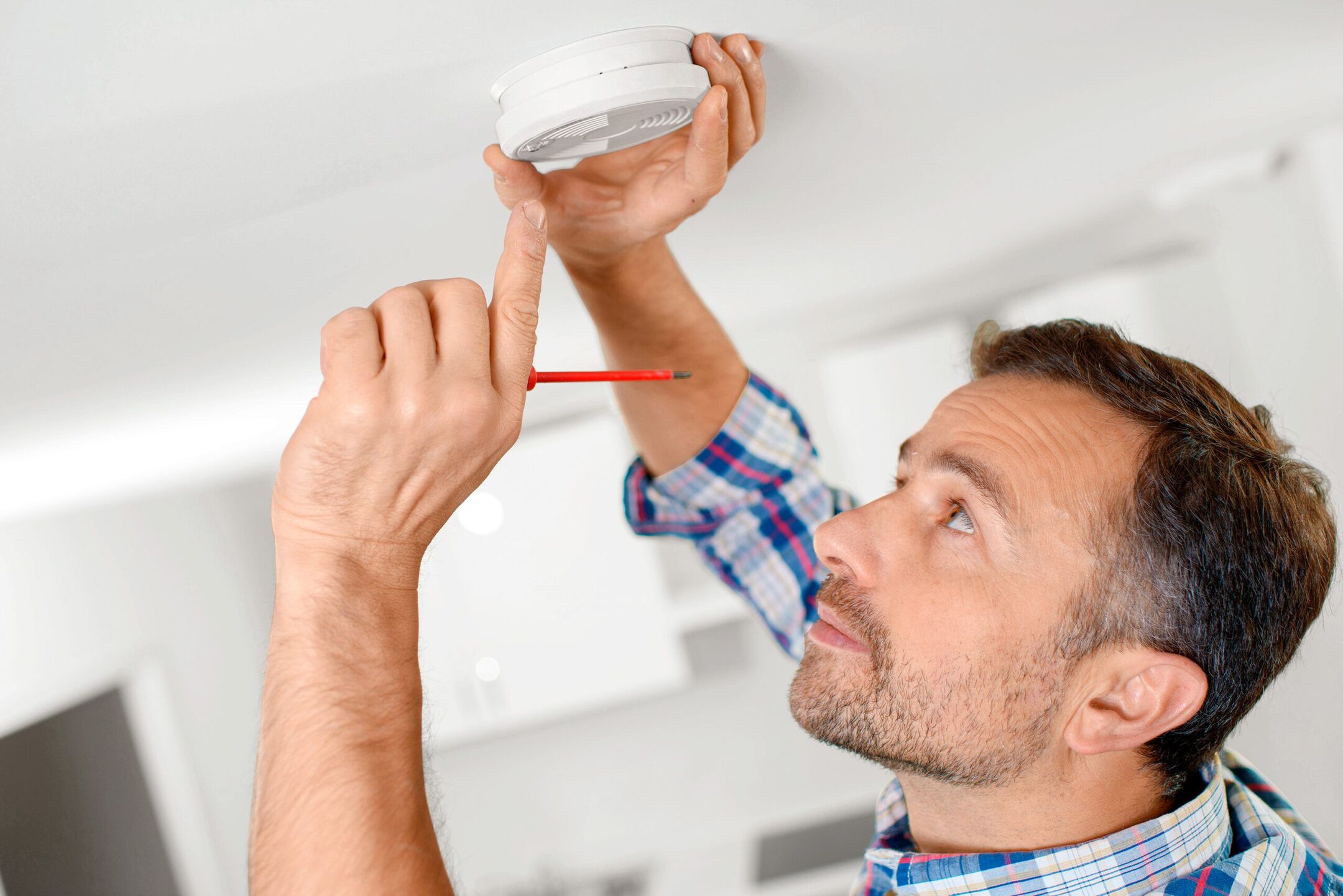
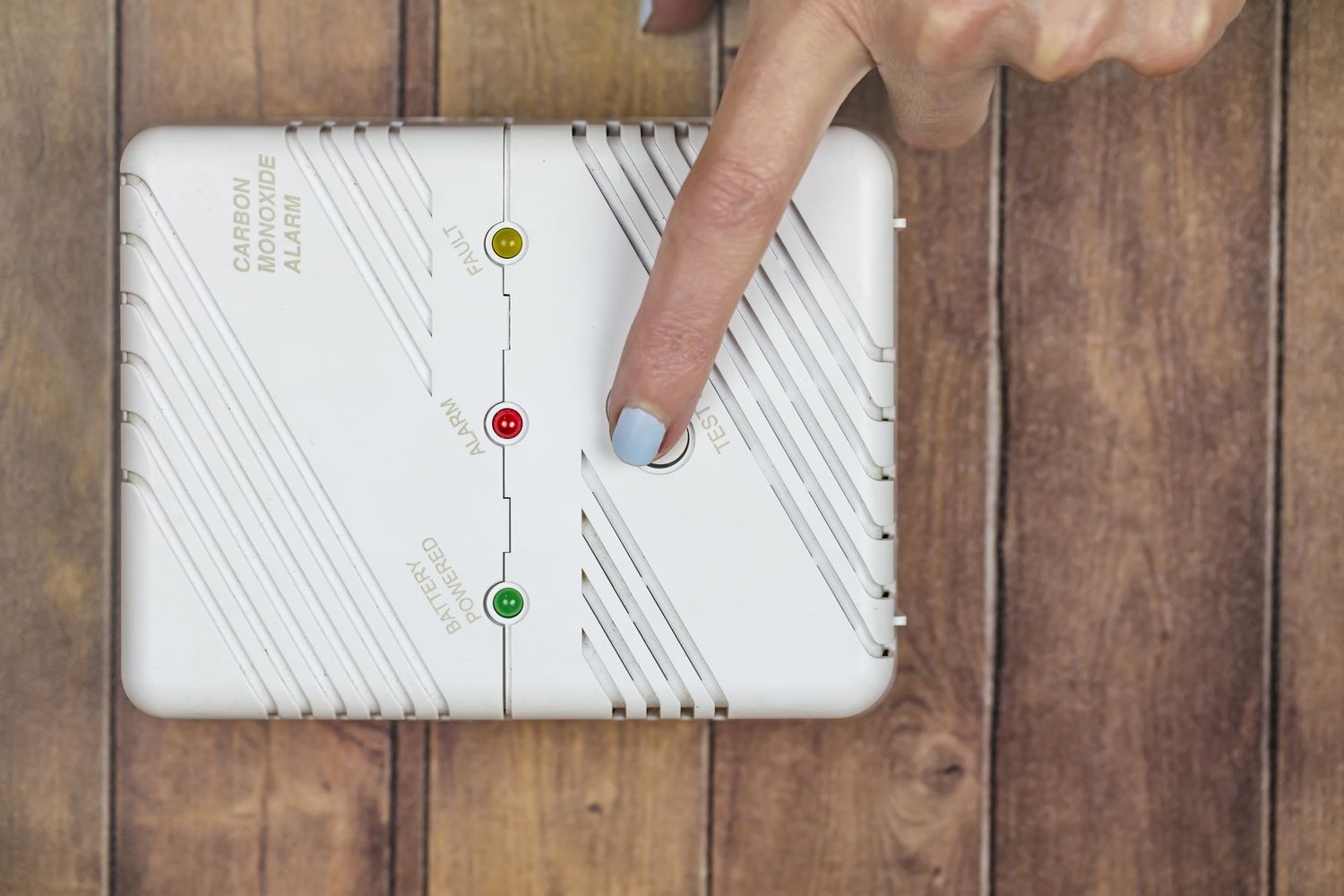


0 thoughts on “What Can Set Off A Carbon Monoxide Detector”